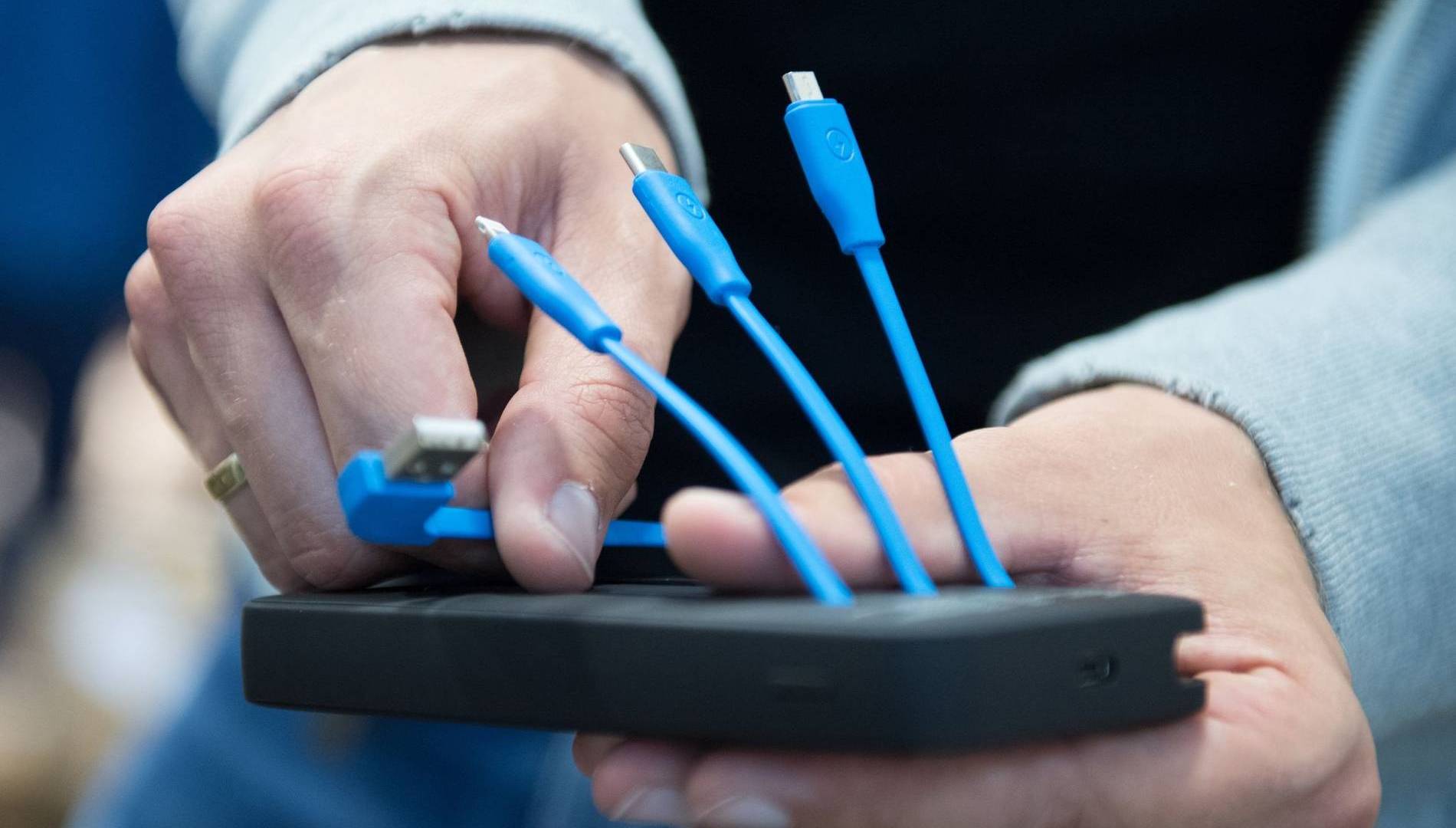The USB-C connector is now widely used with mobile devices, as it is relied upon to charge smartphones.
Charging speed depends on the power of the power supply unit or charger, which is expressed in watts.
In addition to the charging function, USB-C connectors have many other advantages, as they can be used to transfer data, so their quality and capacity should be checked, if the user cares a lot about the speed of data transmission.
Low-cost USB-C connectors transmit data slowly, and operate at speeds of up to 5 or 10 gigabits per second, and when you purchase a USB-C connector at a higher cost, the data transfer rate could theoretically reach 20 gigabits per second. .
USB-C connectors that transmit data well have 5, 10, or 20 Gpbs written on them. However, the data on these connectors is not standardized and cannot be relied upon on its own.
The data transfer rate, which can be accessed, can be checked from devices connected to the "USB-C" connectors, so if in doubt, the user should try it before purchasing.
Although they may be more expensive compared to others, USB-4 connectors are newer and theoretically allow for data transfer speeds of up to 40 gigabits per second and 100 watts of power and charging.
This bandwidth is sufficient to connect a high-definition monitor or a USB-C docking unit to a laptop computer with the connection of many devices, and the USB-4 port is compatible with many data ports and other screens such as DisplayPort. Or Thunderbolt.

